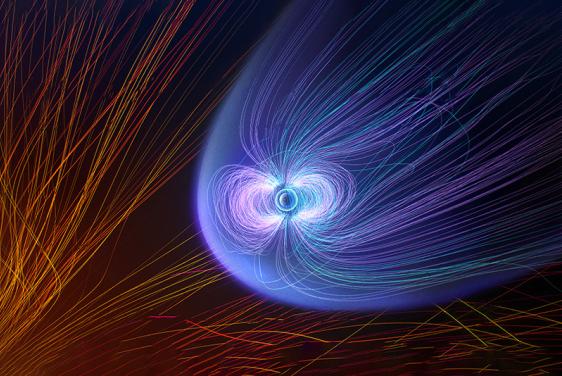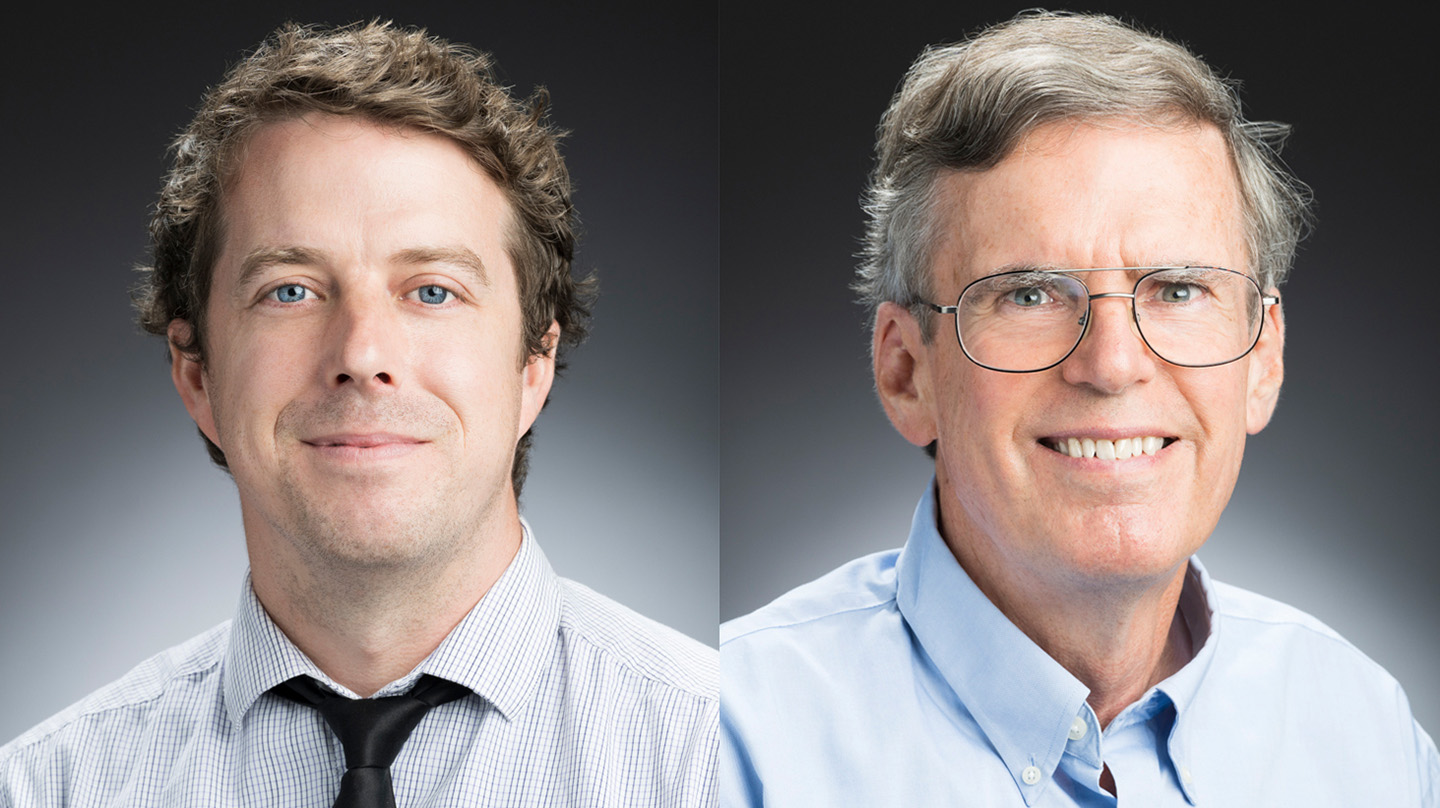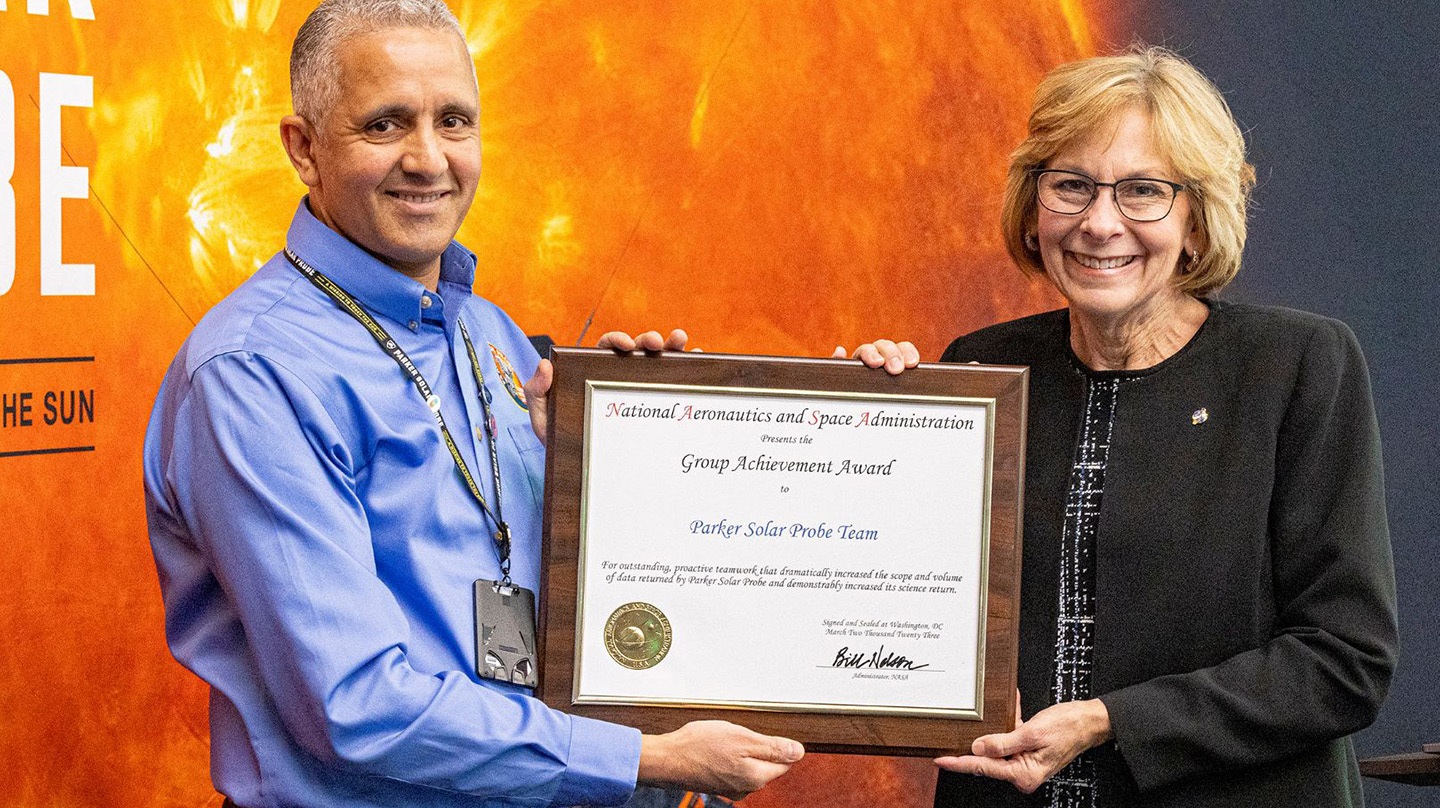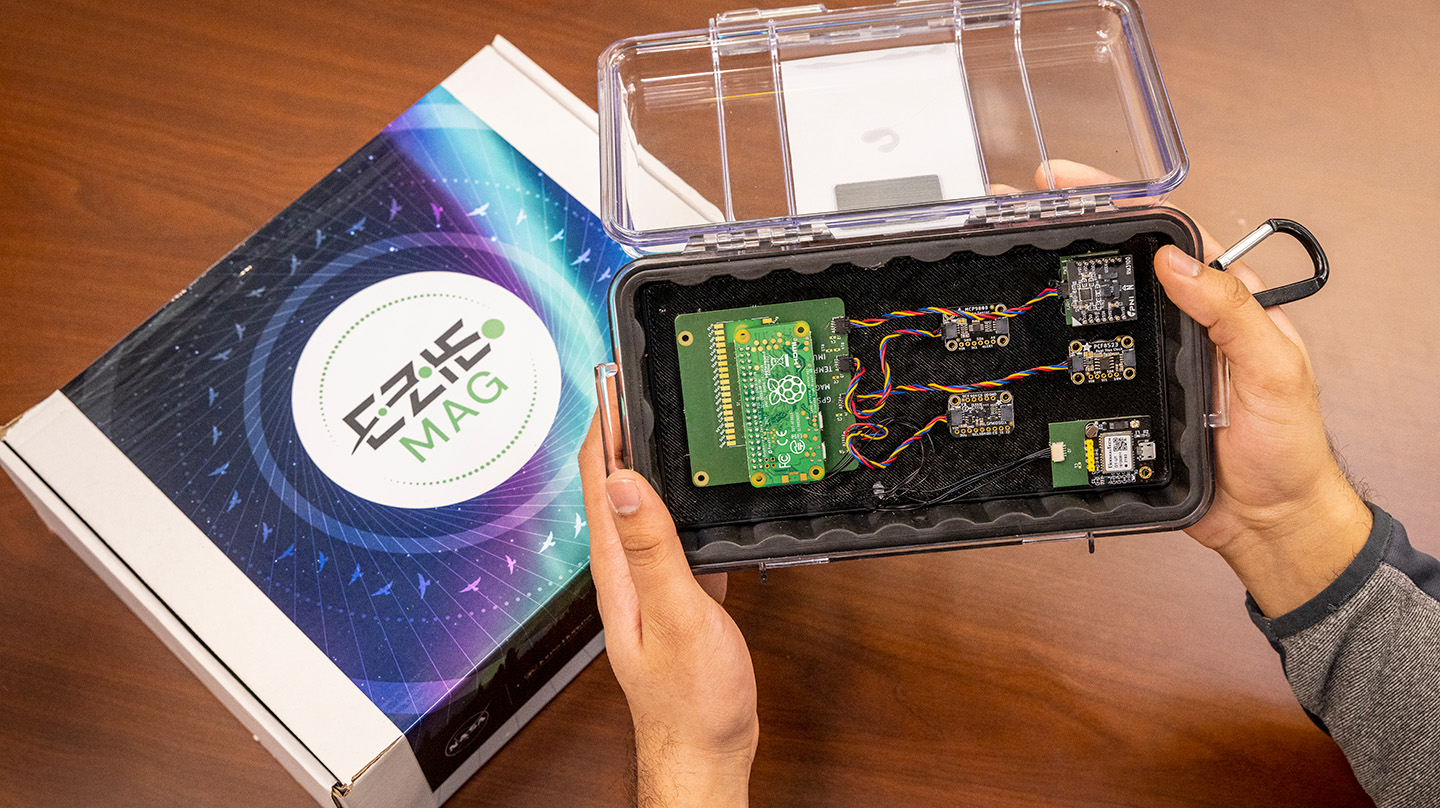
Space Weather and Heliophysics
When the Sun’s Reach Touches Earth
Today’s bustling world hinges on power and satellite communication systems to deliver information at breakneck speed, yet a single powerful geomagnetic storm unleashed from extreme solar activity can suddenly bring these systems to a halt.
As a recognized space weather center of excellence, APL has fostered collaborations and built state-of-the-art physics-based and machine-learning models to set the groundwork for predicting such severe space weather events. APL has built and operated dozens of instruments and NASA spacecraft missions to better understand space weather in general
These missions include STEREO, which has provided unprecedented 3D views of powerful coronal mass ejections at the Sun; the Van Allen Probes, which provided scientists with invaluable data for predicting changes in Earth’s radiation belts; and Parker Solar Probe, whose unparalleled orbit near the Sun will transform our understanding and forecast capabilities of space weather events.
A Planetary Shield Against the Sun
Six of the solar system’s eight planets, and at least one moon of Jupiter, is surrounded by a magnetosphere that provides a protective magnetic blanket.
Earth’s magnetosphere captures and accelerates charged particles from the Sun’s solar wind, producing spectacular aurora near the poles and perilous radiation through which spacecraft and astronauts must travel. And in the magnetospheres of other planets, these processes, radiation and auroras can be even more extreme.
APL scientists are dedicated to understanding the physics that govern magnetospheres. By probing data from space missions collected over decades and employing state-of-the-art models, APL scientists are unraveling the nature of exchanges happening both within a planet’s magnetosphere and among its magnetosphere, upper atmosphere, moons and the solar wind. APL has built and contributed to instruments and imagers that have visited nearly every magnetosphere in the solar system. And currently, the team is constructing instruments for NASA’s Europa Clipper mission and the European Space Agency’s JUICE mission to Jupiter, which has the harshest radiation environment in the solar system.
The Sun, Its Wind, and the Edge of the Solar System
APL scientists conduct cutting-edge research in almost every area of solar and heliospheric physics.
Scientists at APL take high-resolution measurements of the Sun’s magnetic field, use spectroscopy to study the chemical makeup of the Sun’s upper atmosphere, and uncover the physics of energetic phenomena on the Sun and in the solar wind, such coronal mass ejections (CMEs) and solar flares. Our researchers use spacecraft, ground-based observations and simulation tools to understand the fundamental physics of the Sun, the heliosphere, and the drivers of space weather and long-term space climate. APL is at the forefront of building and operating spacecraft missions that provide unique insights into unexplored frontiers of space, including NASA’s STEREO, Van Allen Probes and Parker Solar Probe missions. Most recently, APL was selected to build and operate NASA’s IMAP mission, which will make measurements of the Sun’s supersonic solar wind and capture details of its ”echo” when the wind reaches the edge of the solar system’s protective heliosphere and enters interstellar space.
Expertise in Action
Missions
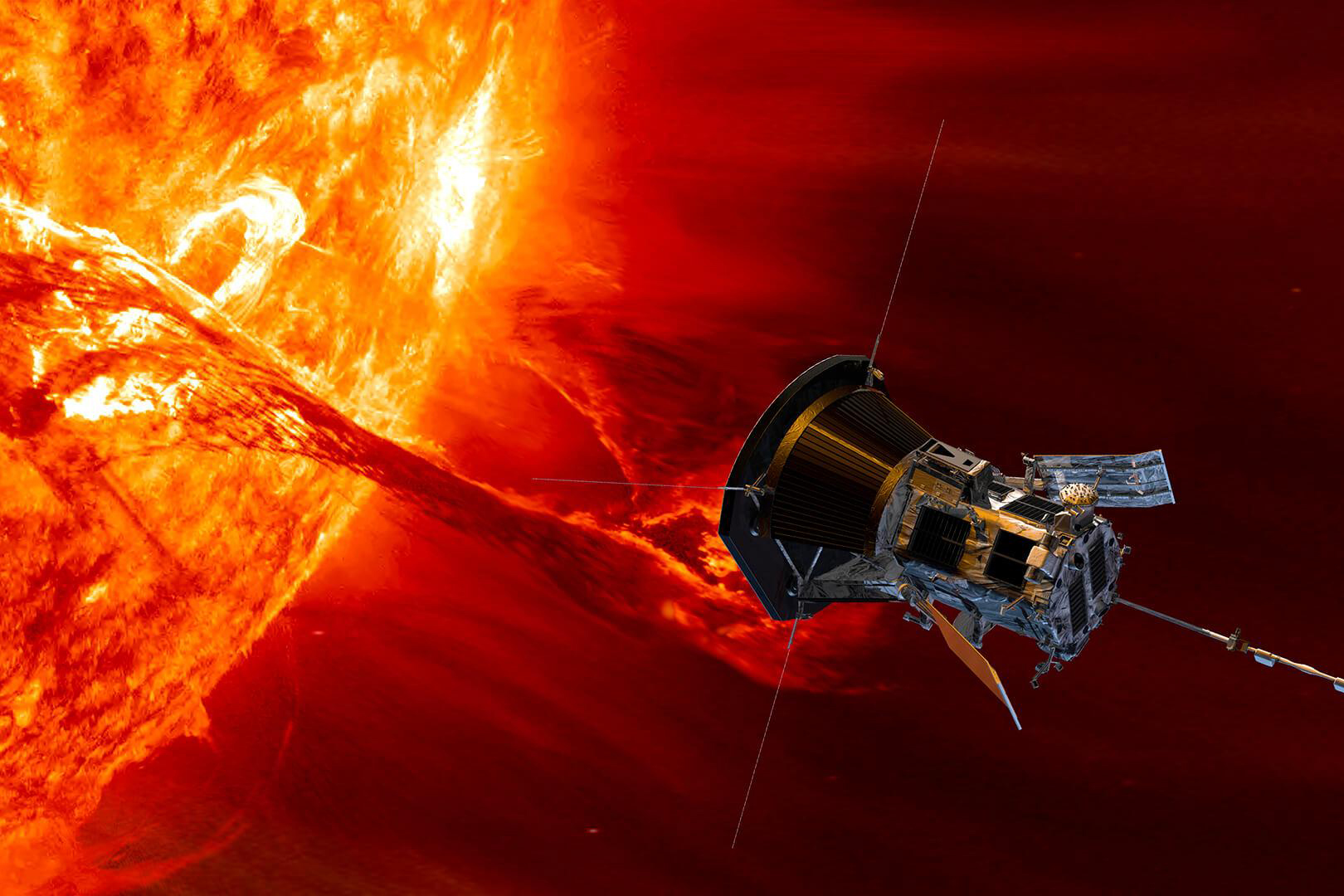
Parker Solar Probe Sun and Solar Wind
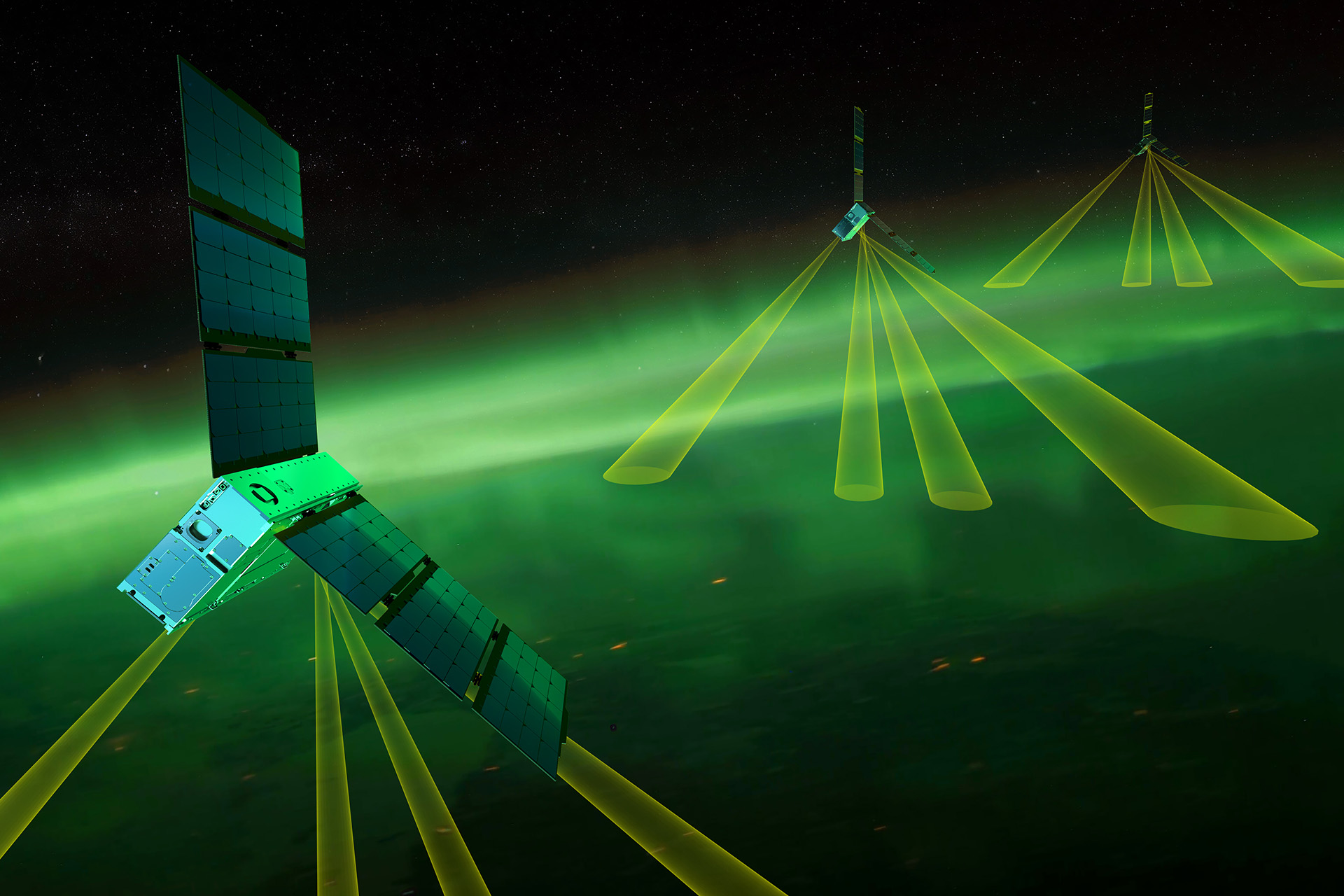
EZIE Earth
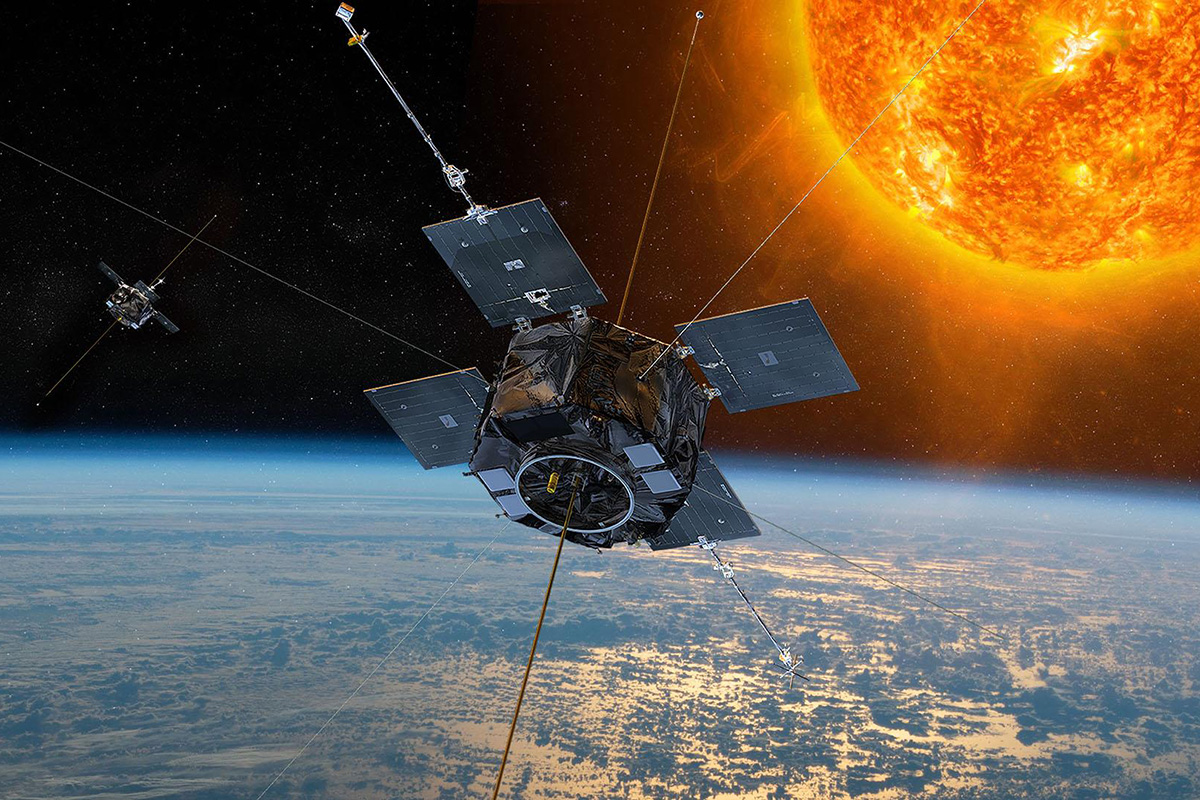
Van Allen Probes Earth
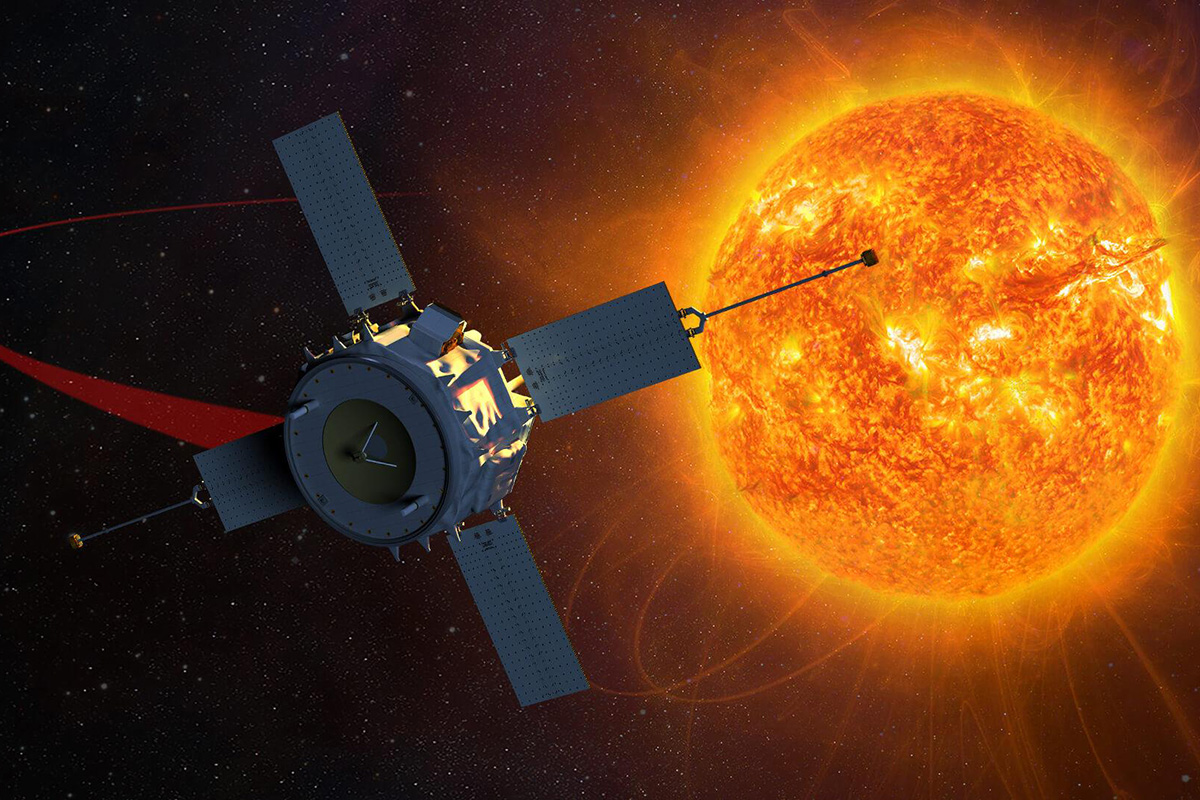
ACE Sun and Solar Wind
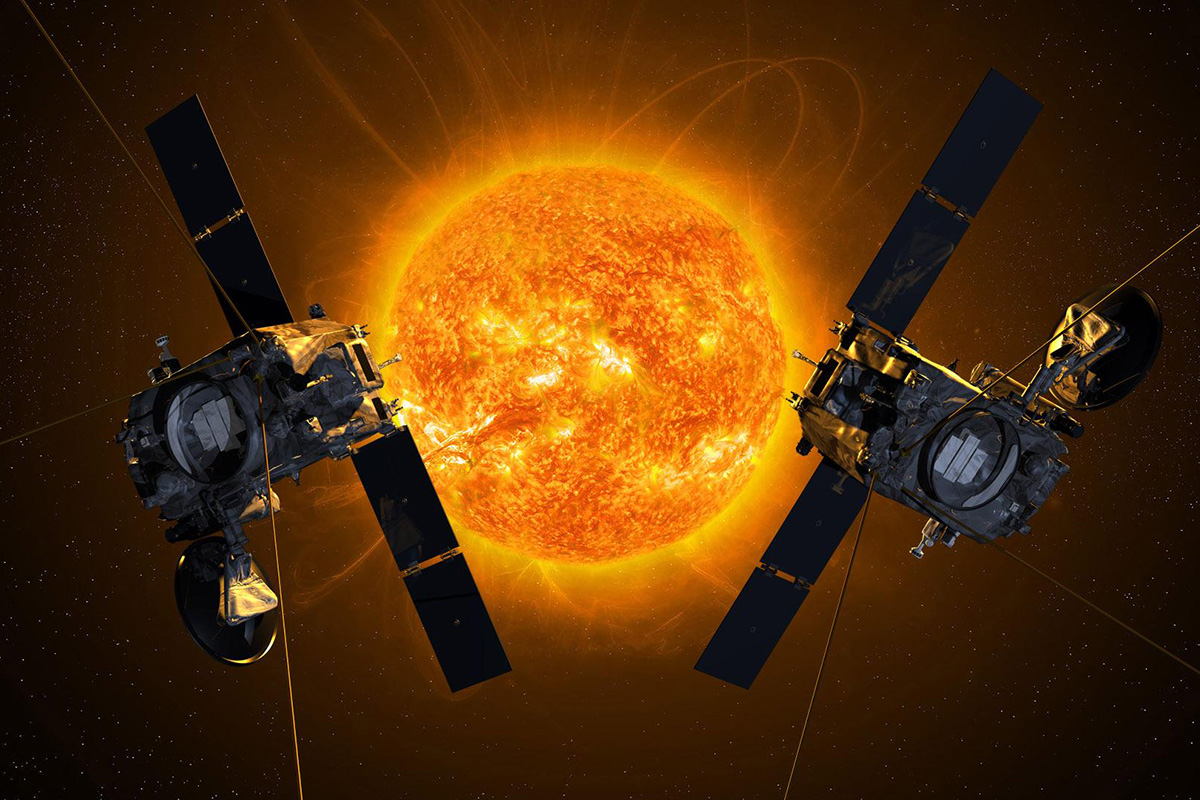
STEREO Sun and Solar Wind
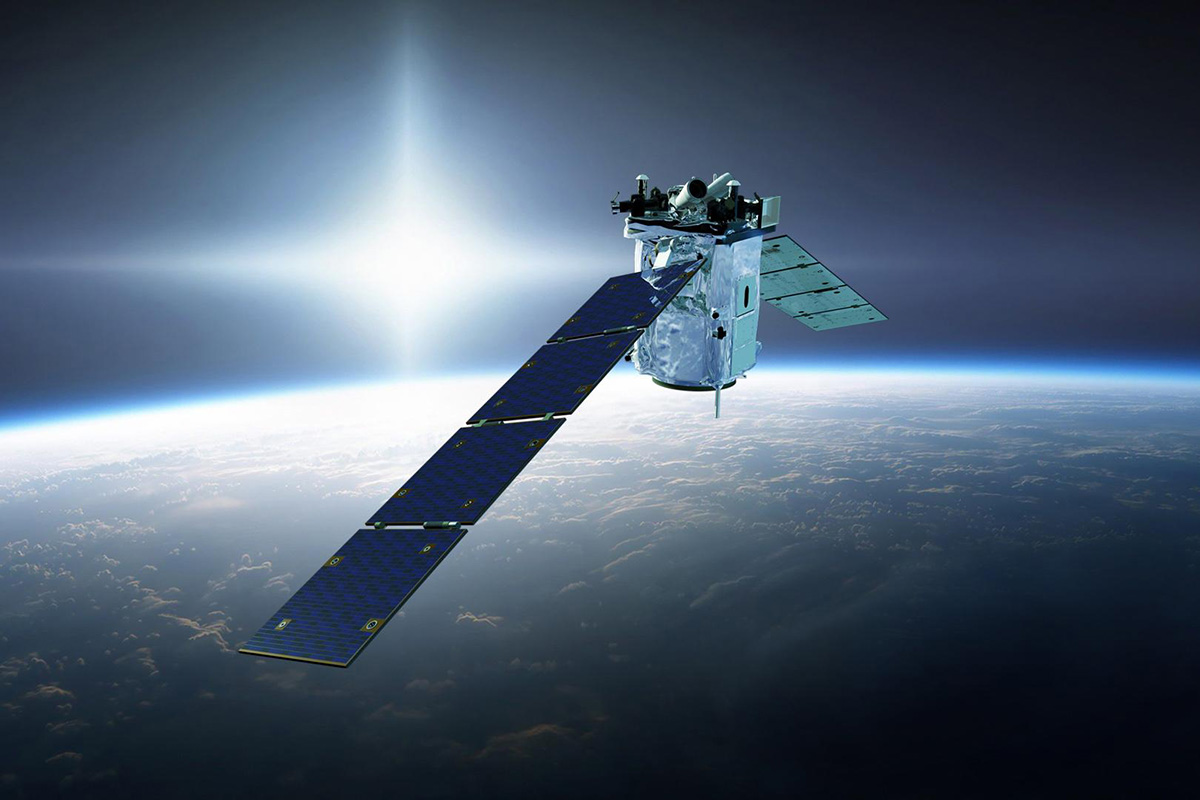
TIMED Earth
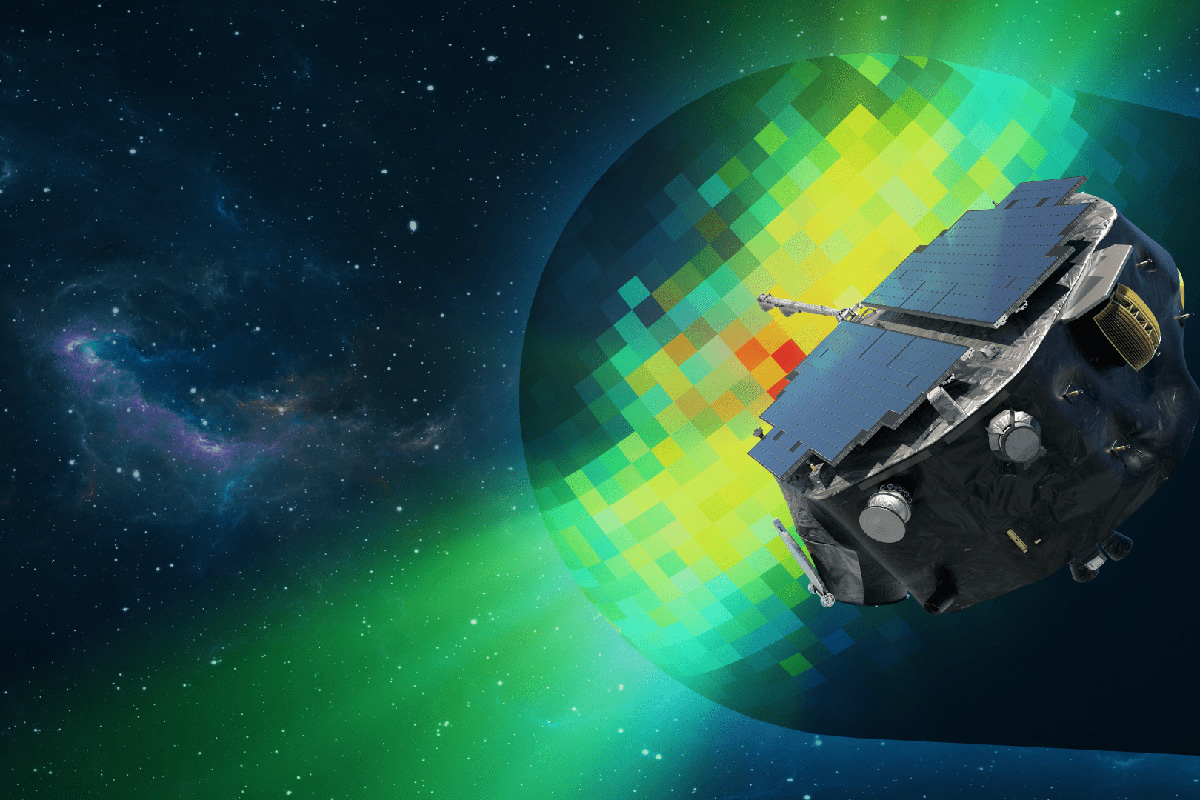
IMAP Interstellar Medium
Instruments
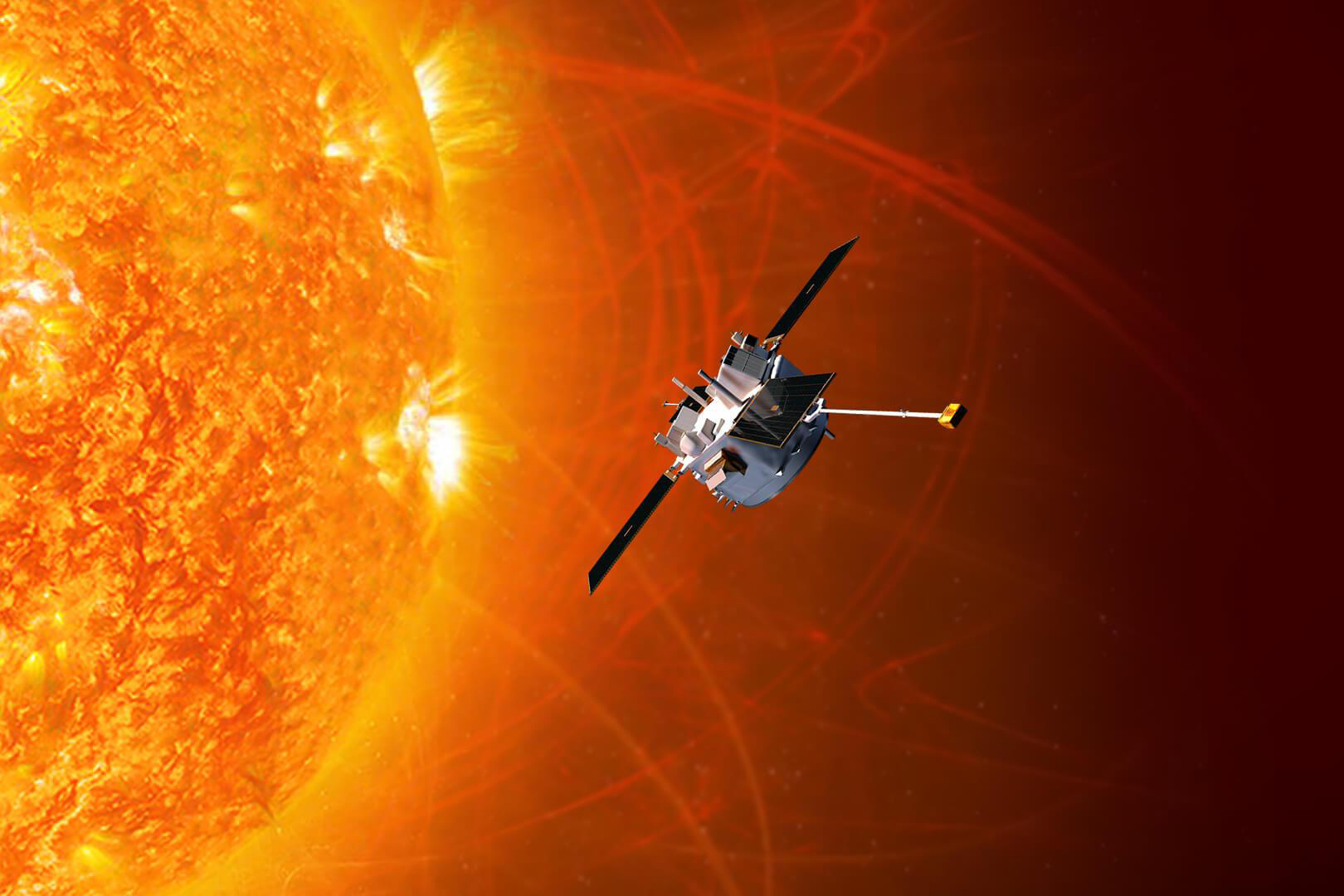
EPAM Sun and Solar Wind
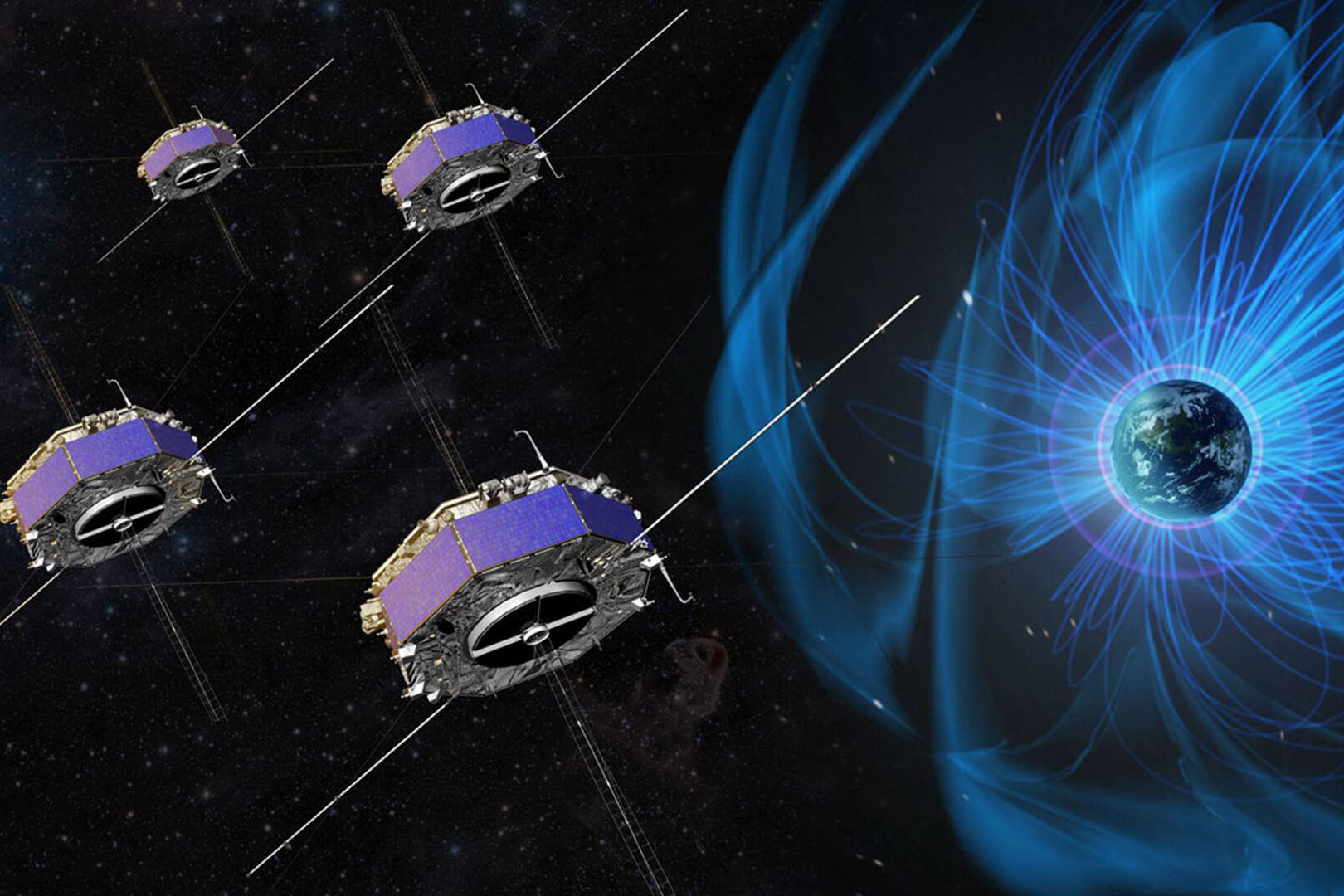
EPD-EIS Earth
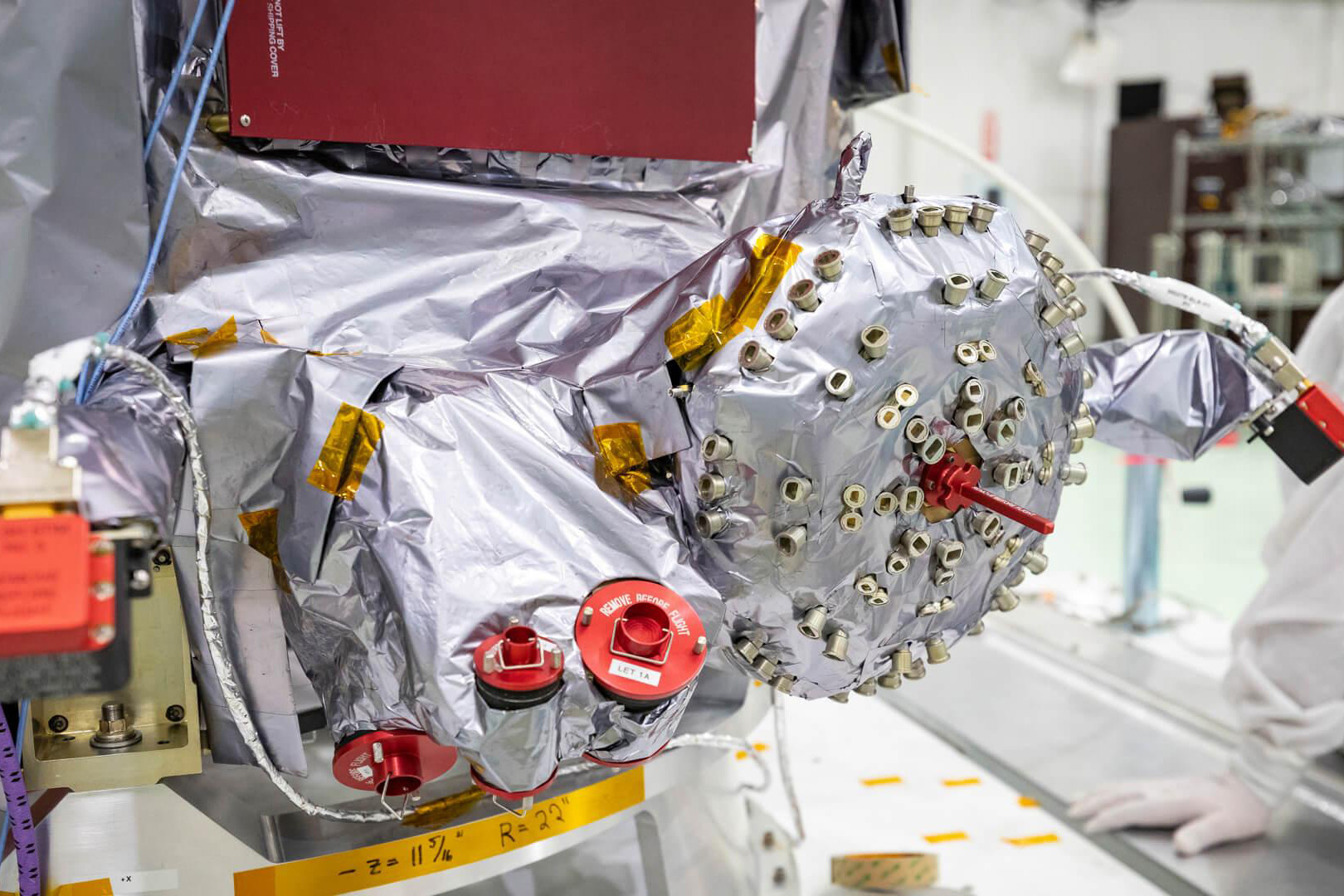
EPI-Lo Sun and Solar Wind
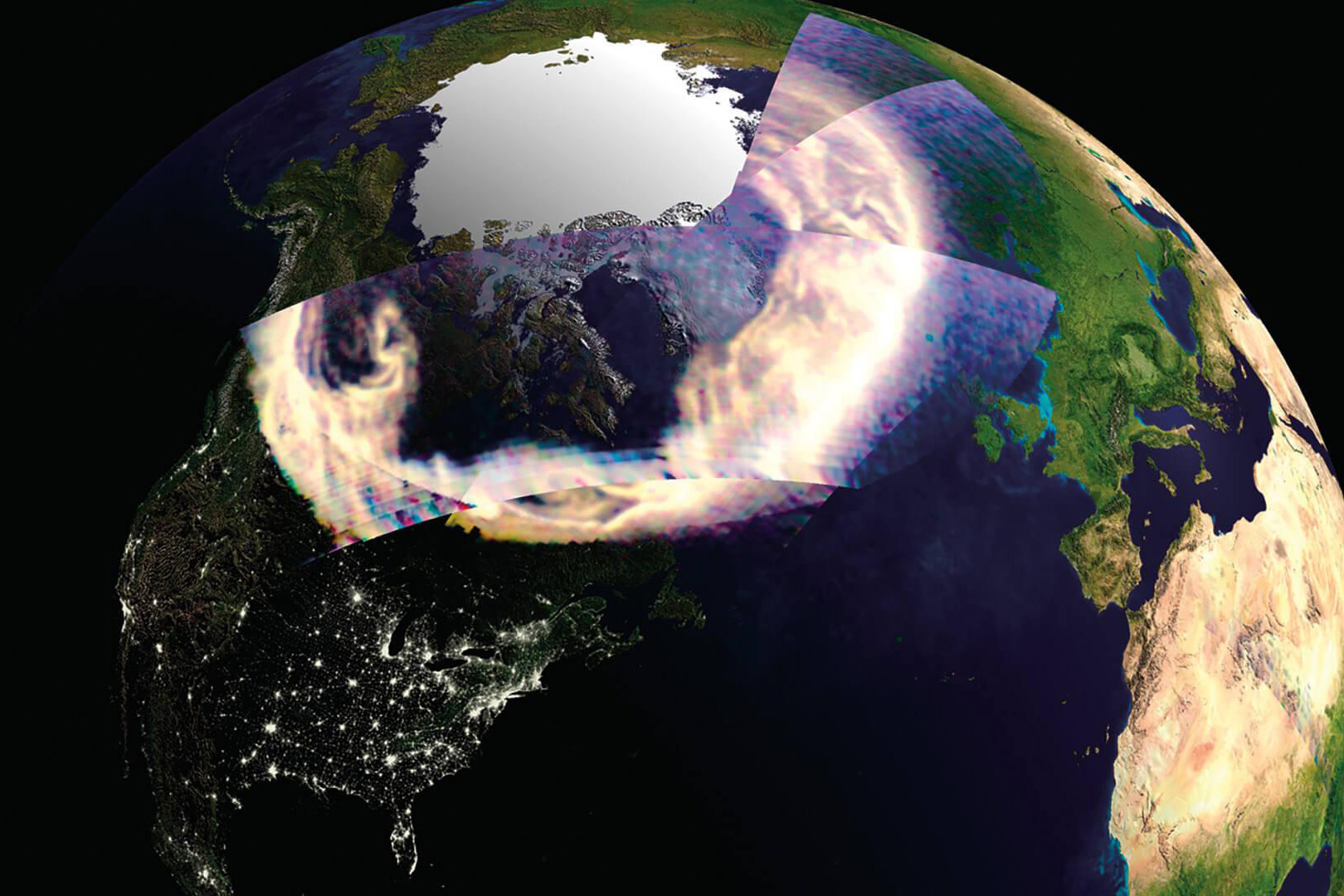
GUVI Earth
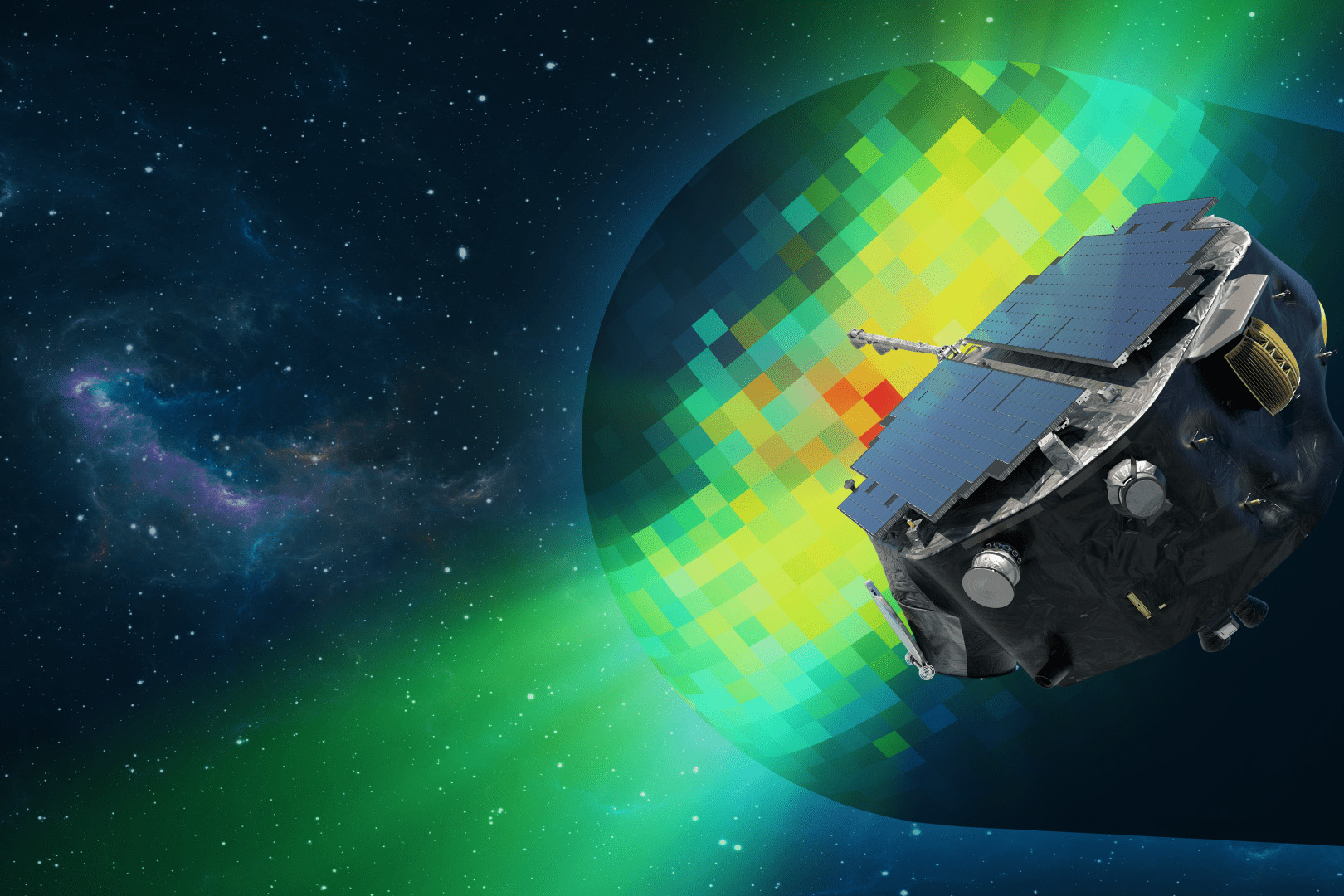
IMAP-Ultra Interstellar Medium
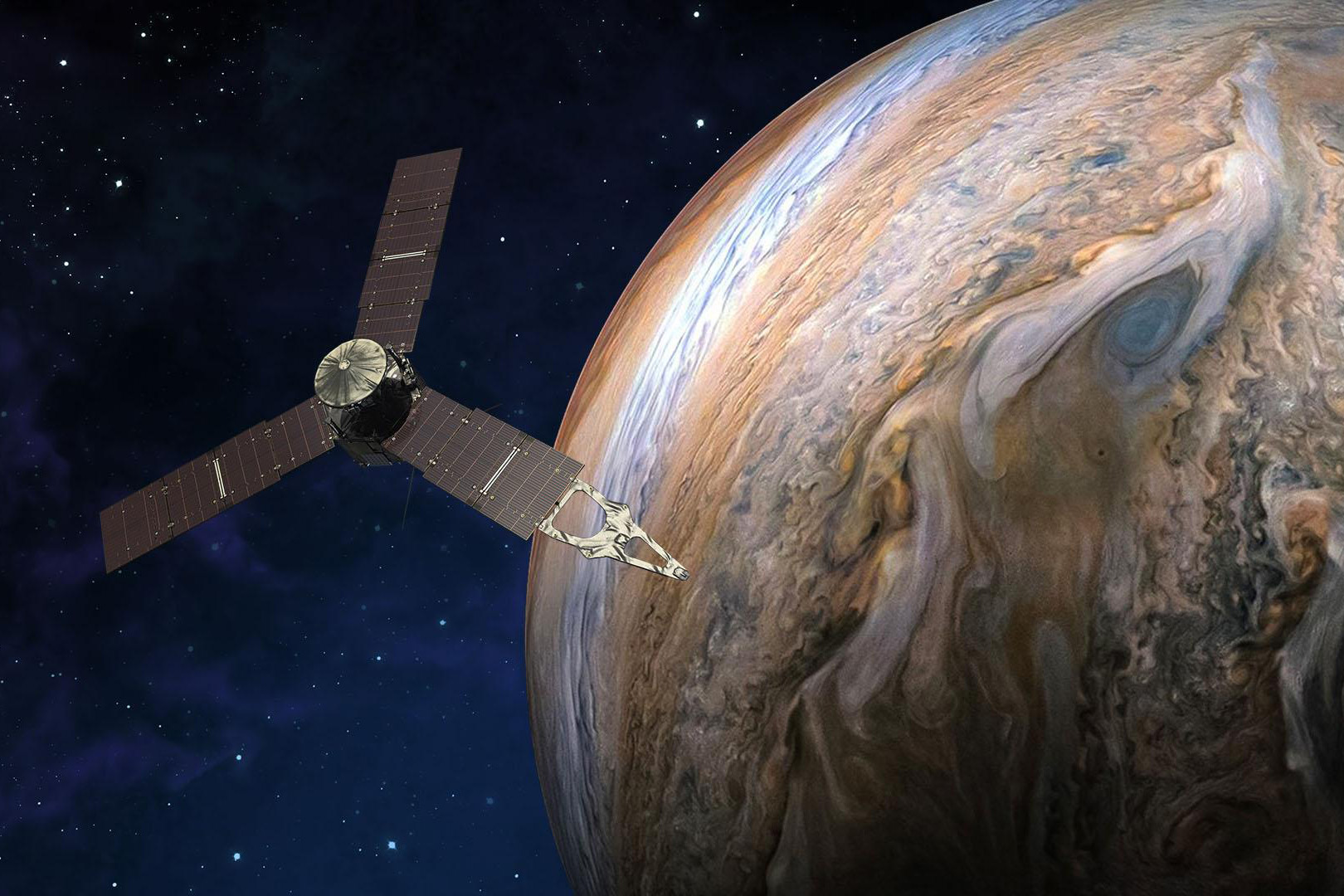
JEDI Giant Planets
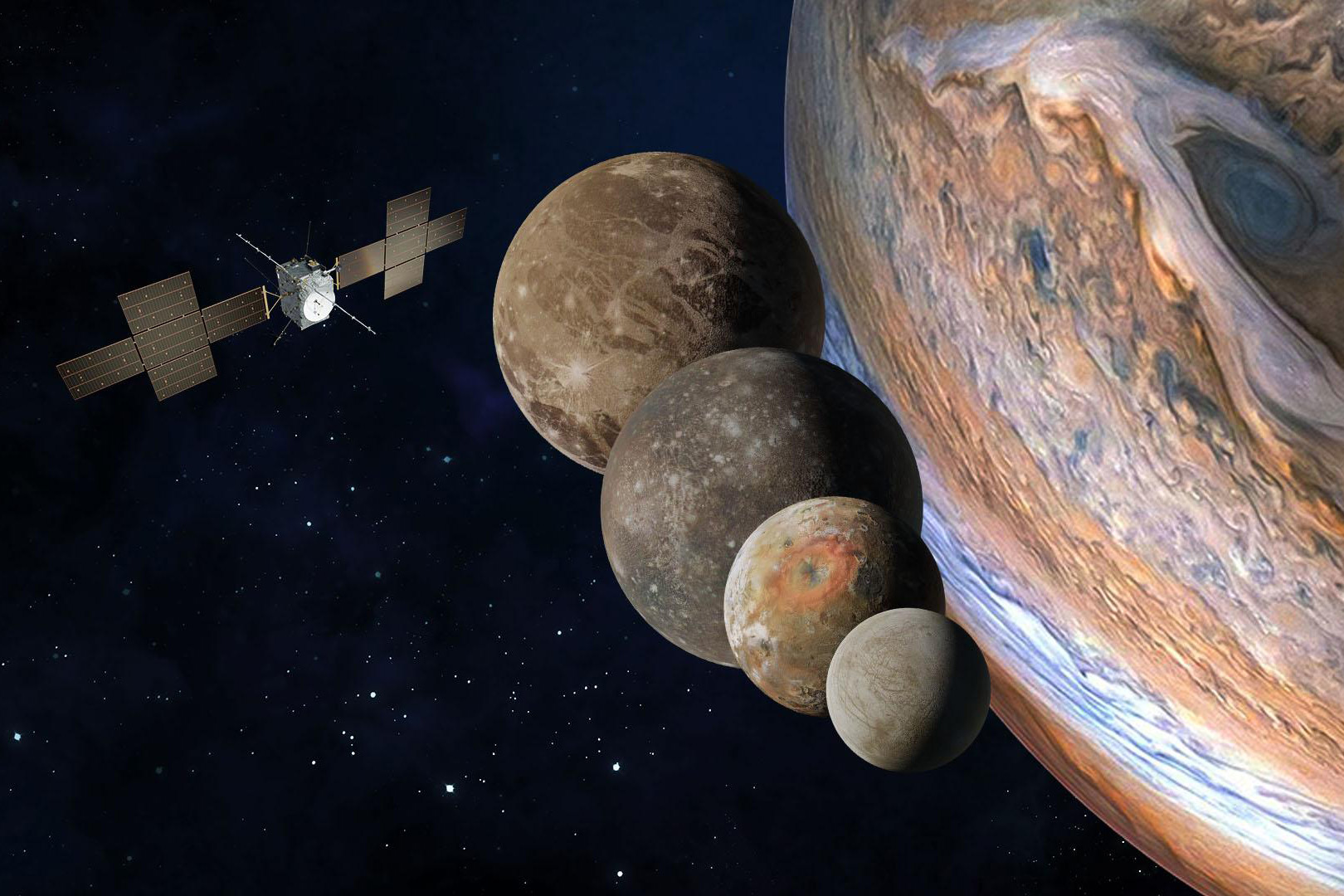
JoEE/JENI Outer Moons
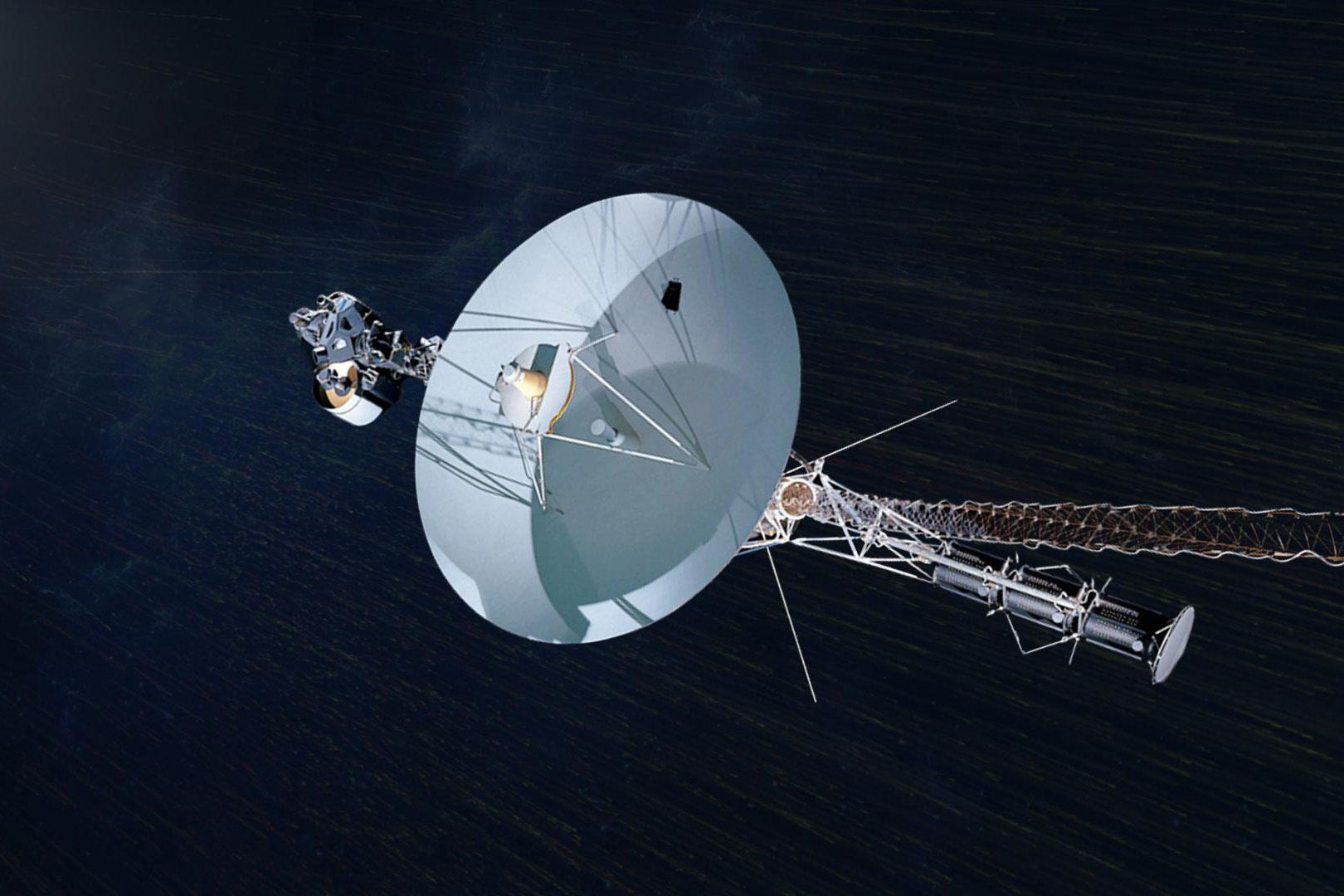
LECP Sun and Solar Wind
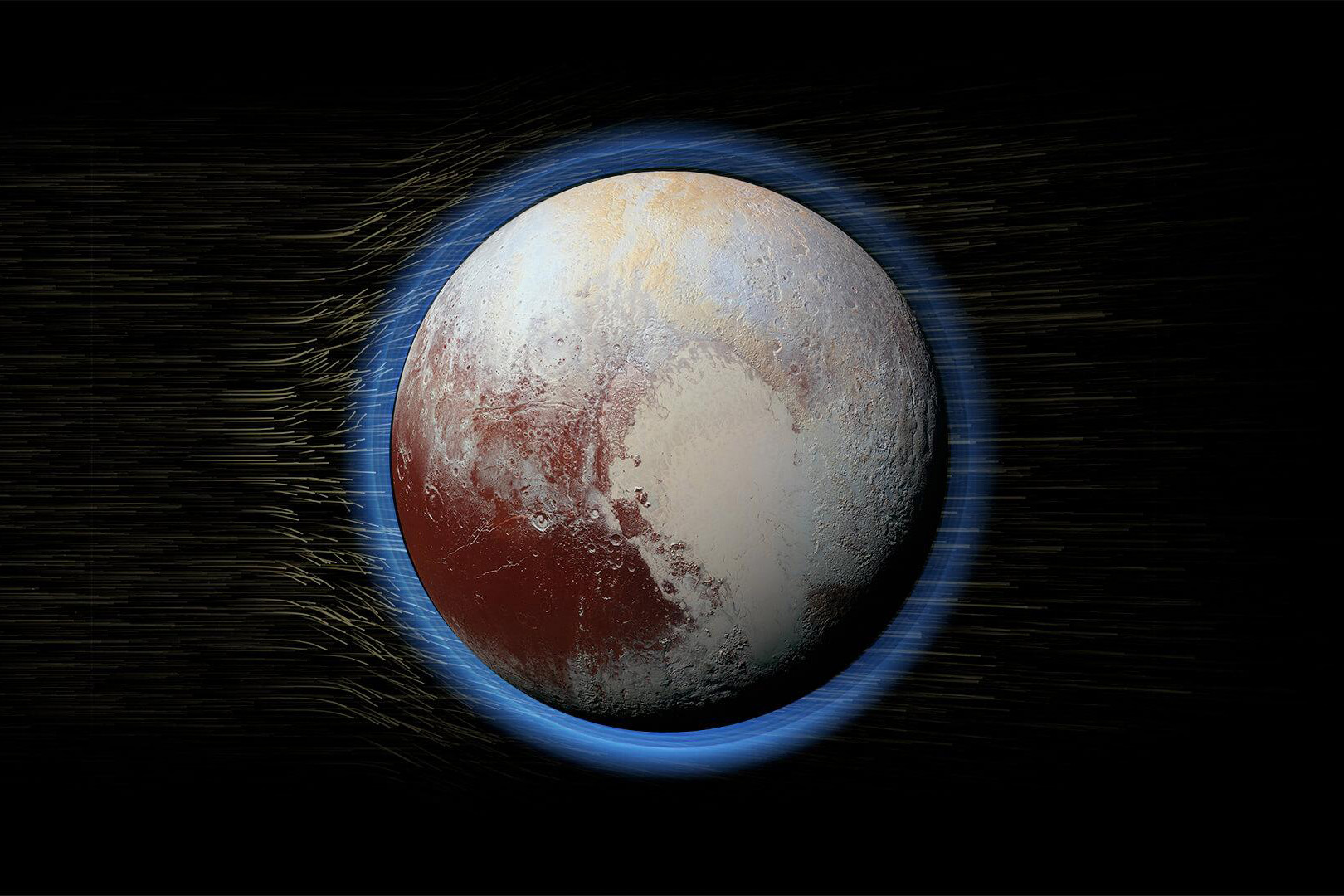
PEPSSI Pluto, Kuiper Belt Objects, and Comets
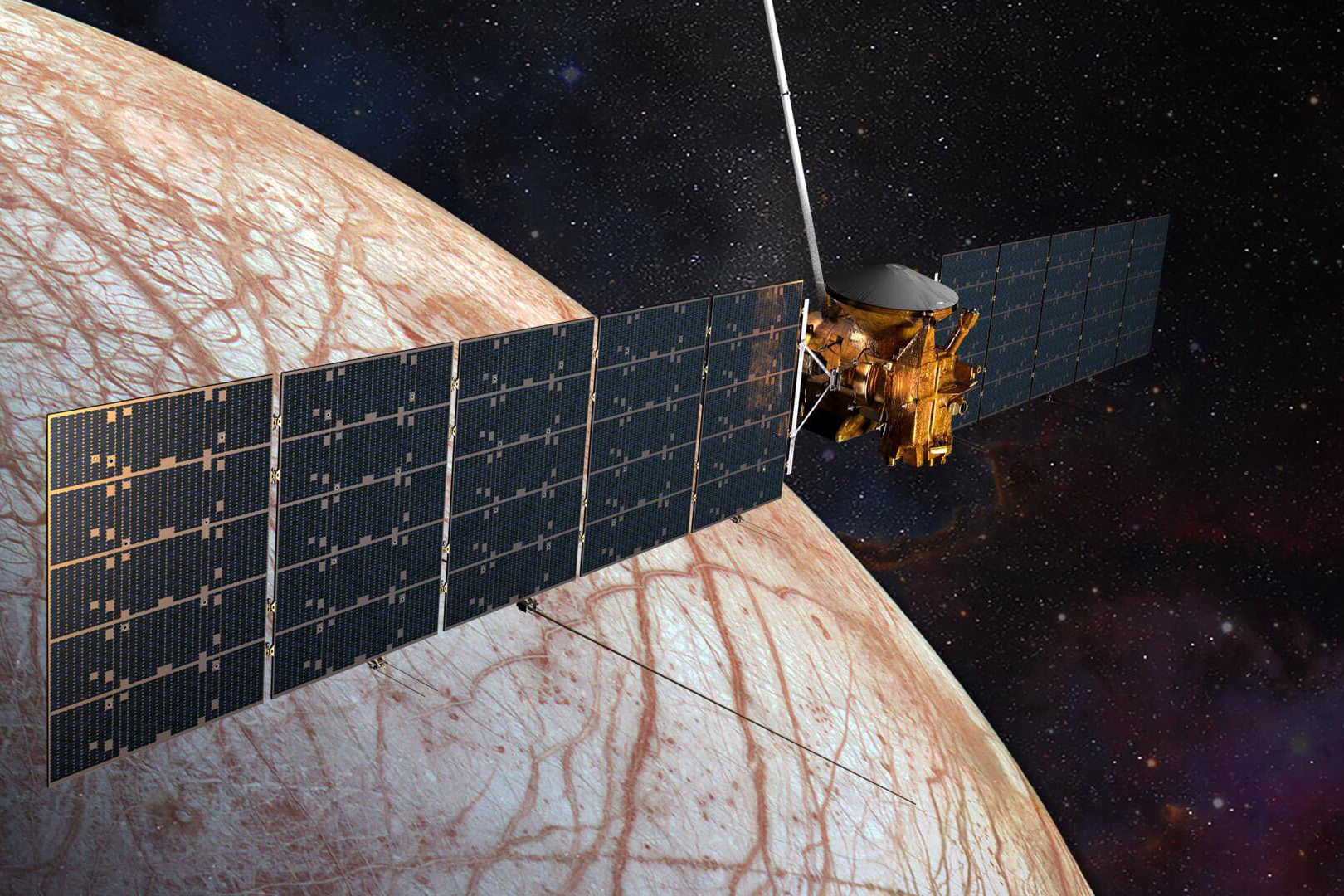
PIMS Giant Planets
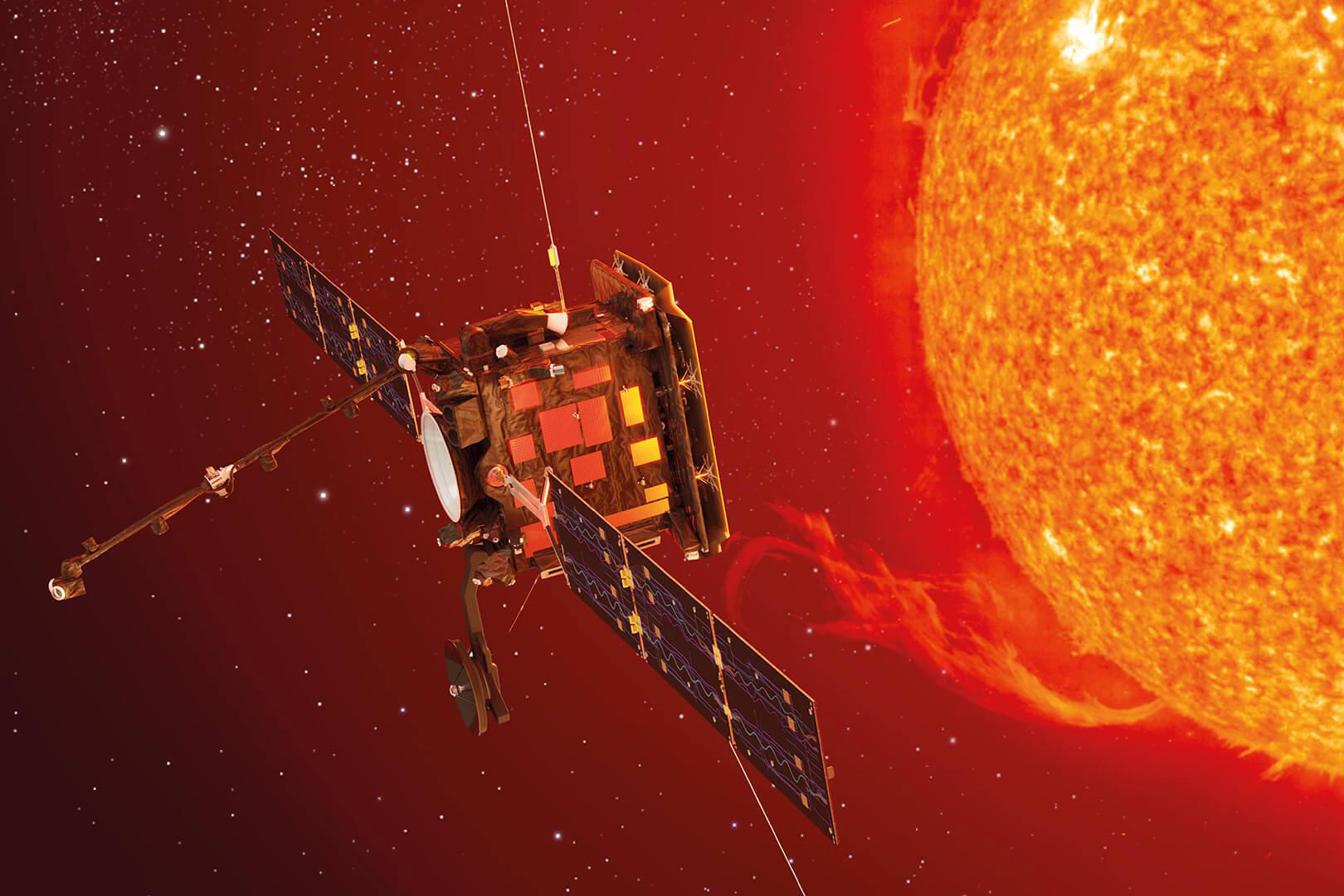
SIS Sun and Solar Wind
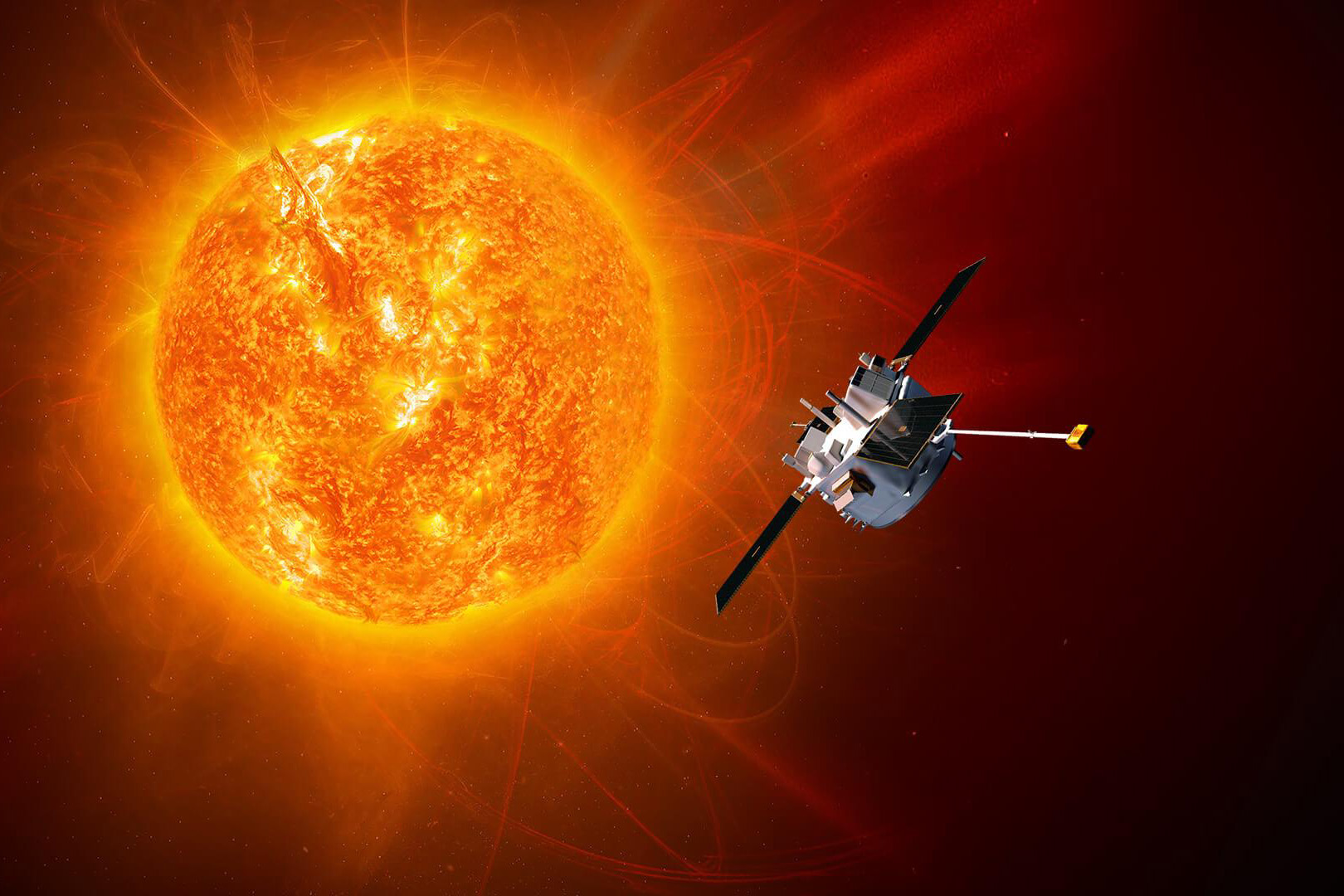
ULEIS Sun and Solar Wind
Initiatives
While APL may be known for engaging in space-firsts and building first-of-its-kind spacecraft that deflect asteroids or touch the Sun, it also has a deep knowledge base of science and engineering experts who provide critical contributions to critical challenges. Through initiatives like Planetary Defense, Heliophysics and Space Weather, and Cislunar Operations, APL is able to deliver game-changing impacts for civil and national security.
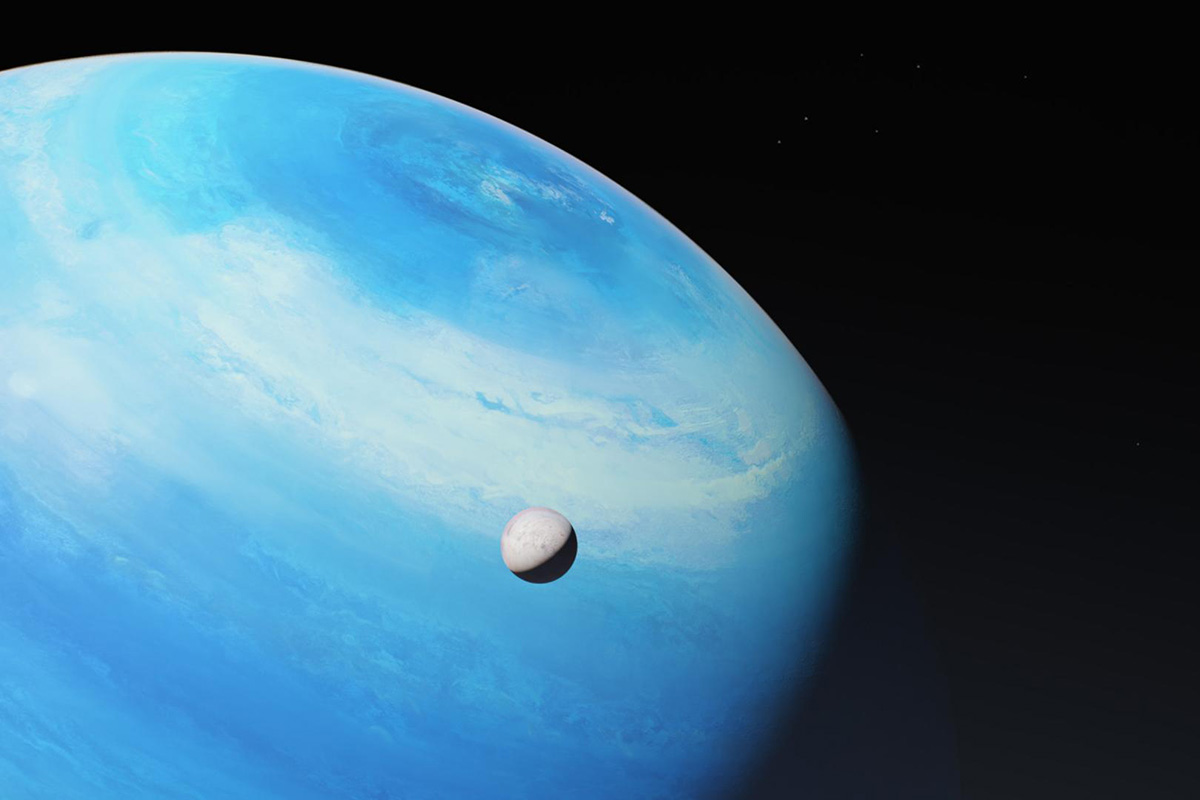
Ice Giant Research and Exploration Giant Planets
Living With Our Sun
APL is a leader in space weather science, observations, and modeling—particularly in understanding the drivers of solar activity, the role Earth’s magnetosphere plays in protecting us, and the response of the upper atmosphere to solar variability.
